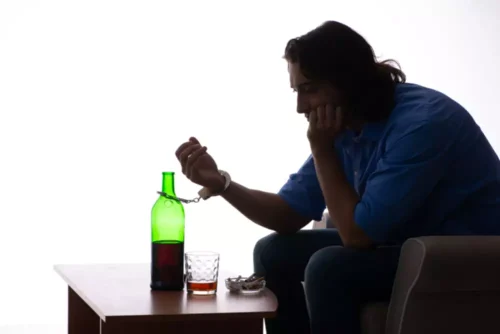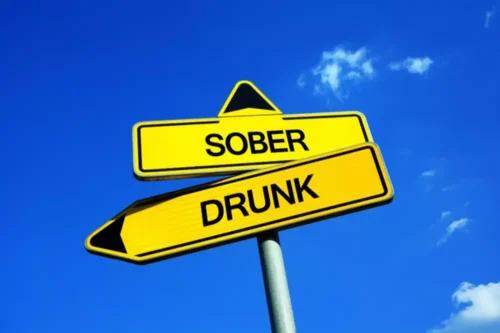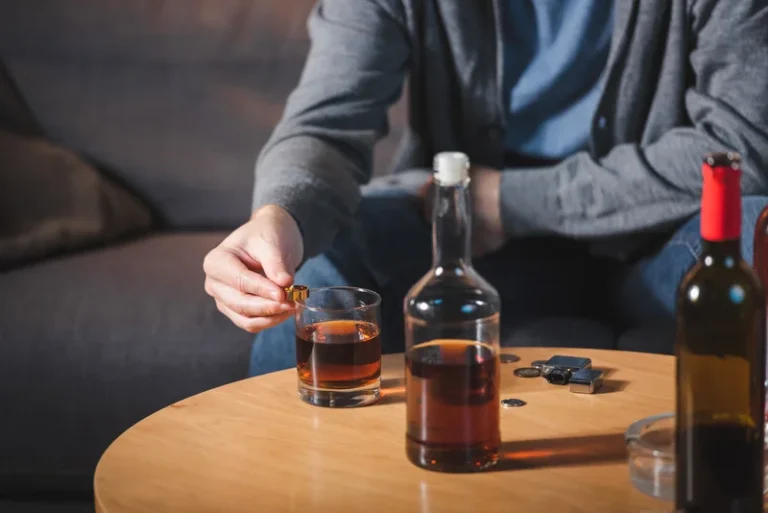
While there is evidence that a subset of individuals who use drugs engage in low-frequency, non-dependent drug use, there is insufficient research on this population to determine the proportion for whom moderation is a feasible treatment goal. However, among individuals with severe SUD and high-risk drug or alcohol use, the urgency of reducing substance-related harms presents a compelling argument for engaging these individuals in harm reduction-oriented treatment and interventions. Individuals with greater SUD severity tend to be most receptive to therapist input about goal selection (Sobell, Sobell, Bogardis, Leo, & Skinner, 1992). https://ecosoberhouse.com/article/why-is-alcohol-addictive/ This suggests that treatment experiences and therapist input can influence participant goals over time, and there is value in engaging patients with non-abstinence goals in treatment. In the 1980s and 1990s, the HIV/AIDS epidemic prompted recognition of the role of drug use in disease transmission, generating new urgency around the adoption of a public health-focused approach to researching and treating drug use problems (Sobell & Sobell, 1995). The realization that HIV had been spreading widely among people who injected drugs in the mid-1980s led to the first syringe services programs (SSPs) in the U.S. (Des Jarlais, 2017).
Decoupling Goal Striving From Resource Depletion by Forming Implementation Intentions

Her work focuses on implicit (i.e. nonconscious or automatic) cognitive processes that contribute to the development and maintenance of maladaptive behavior and psychopathology. Support for her work has been provided by the National Institute on Alcohol Abuse and Alcoholism and the University of Washington’s Alcohol and Drug Abuse Institute. Therapists also can enhance self-efficacy by providing clients with feedback concerning their performance on other new tasks, even those that appear unrelated to alcohol use. In general, success in accomplishing even simple tasks (e.g., showing up for appointments on time) can greatly enhance a client’s feelings of self-efficacy.
A comparison of craving and emotional states between pathological gamblers and alcoholics

Relapse has been variously defined, depending on theoretical orientation, treatment goals, cultural context, and target substance (Miller 1996; White 2007). It is, however, most commonly used to refer to a resumption of substance use behavior after a period of abstinence from substances (Miller 1996). The term relapse may be used to describe a prolonged return to substance use, whereas lapsemay be used to describe discrete, circumscribed…
2. Controlled drinking
- This reaction focuses on the drinker’s emotional response to an initial lapse and on the causes to which he or she attributes the lapse.
- Temporarily disentangling from continued, unrestrained engagement in a behavior could, theoretically, undo to a specific extent negative effects caused by excessive engagement in the behavior (e.g., Wilson, 2016) or enhance self-awareness or insight into the behavior.
- With such a matrix, the client can juxtapose his or her own list of the delayed negative consequences with the expected positive effects.
- Despite serving as a chief diagnostic criterion, withdrawal often does not predict relapse, perhaps partly explaining its de-emphasis in contemporary motivational models of addiction [64].
- Ecological momentary assessment [44], either via electronic device or interactive voice response methodology, could provide the data necessary to fully test the dynamic model of relapse.
- Similarly, self-regulation ability, outcome expectancies, and the abstinence violation effect could all be experimentally manipulated, which could eventually lead to further refinements of RP strategies.
It occurs when the client perceives no intermediary step between a lapse and relapse i.e. since they have violated the rule of abstinence, “they may get most out” of the lapse5. People who attribute the lapse to their own personal failure are likely to experience guilt and negative emotions that can, in turn, lead to increased drinking as a further attempt to avoid or escape the feelings of guilt or failure7. Addiction and related disorders are chronic lapsing and relapsing disorders where the combination of long term pharmacological and psychosocial managements are the mainstay approaches of management. Among the psychosocial interventions, the Relapse Prevention (RP), cognitive-behavioural approach, is a strategy for reducing the likelihood and severity of relapse following the cessation or reduction of problematic behaviours.
While the overall number of studies examining neural correlates of relapse remains small at present, the coming years will undoubtedly see a significant escalation in the number of studies using fMRI to predict response to psychosocial and pharmacological treatments. In this context, a critical question will concern the predictive and clinical utility of brain-based measures with respect to predicting treatment outcome. Additionally, the revised model has generated enthusiasm among researchers and clinicians who have observed these processes in their data and their clients [122,123]. Still, some have criticized the model for not emphasizing interpersonal factors as proximal or phasic influences [122,123]. Other critiques include that nonlinear dynamic systems approaches are not readily applicable to clinical interventions [124], and that the theory and statistical methods underlying these approaches are esoteric for many researchers and clinicians [14]. Rather than signaling weaknesses of the model, these issues could simply reflect methodological challenges that researchers must overcome in order to better understand dynamic aspects of behavior [45].
Neurobiology of cue-reactivity, craving, and inhibitory control in non-substance addictive behaviors
Otherwise, recovering individuals are likely to make the worst of a single mistake and accelerate back through the relapse process as a result. (a) When restrained eaters’ diets were broken by consumption of a high-calorie milkshake preload, they subsequently show disinhibited eating (e.g. increased grams of ice-cream consumed) compared abstinence violation effect definition to control subjects and restrained eaters who did not drink the milkshake (figure based on data from [30]). (b) Restrained eaters whose diets were broken by a milkshake preload showed increased activity in the nucleus accumbens (NAcc) compared to restrained eaters who did not consume the preload and satiated non-dieters [64].
Effects of voluntary short-term abstinence from alcohol on subsequent drinking patterns of college students

- The goal of the specific intervention strategies—identifying and coping with high-risk situations, enhancing self-efficacy, eliminating myths and placebo effects, lapse management, and cognitive restructuring—is to teach clients to anticipate the possibility of relapse and to recognize and cope with high-risk situations.
- The Minnesota Model involved inpatient SUD treatment incorporating principles of AA, with a mix of professional and peer support staff (many of whom were members of AA), and a requirement that patients attend AA or NA meetings as part of their treatment (Anderson, McGovern, & DuPont, 1999; McElrath, 1997).
- Important features common to these groups include low program barriers (e.g., drop-in groups, few rules) and inclusiveness of clients with difficult presentations (Little & Franskoviak, 2010).
- Experts generally recommend that SUD treatment studies report substance use as well as related consequences, and select primary outcomes based on the study sample and goals (Donovan et al., 2012; Kiluk et al., 2019).